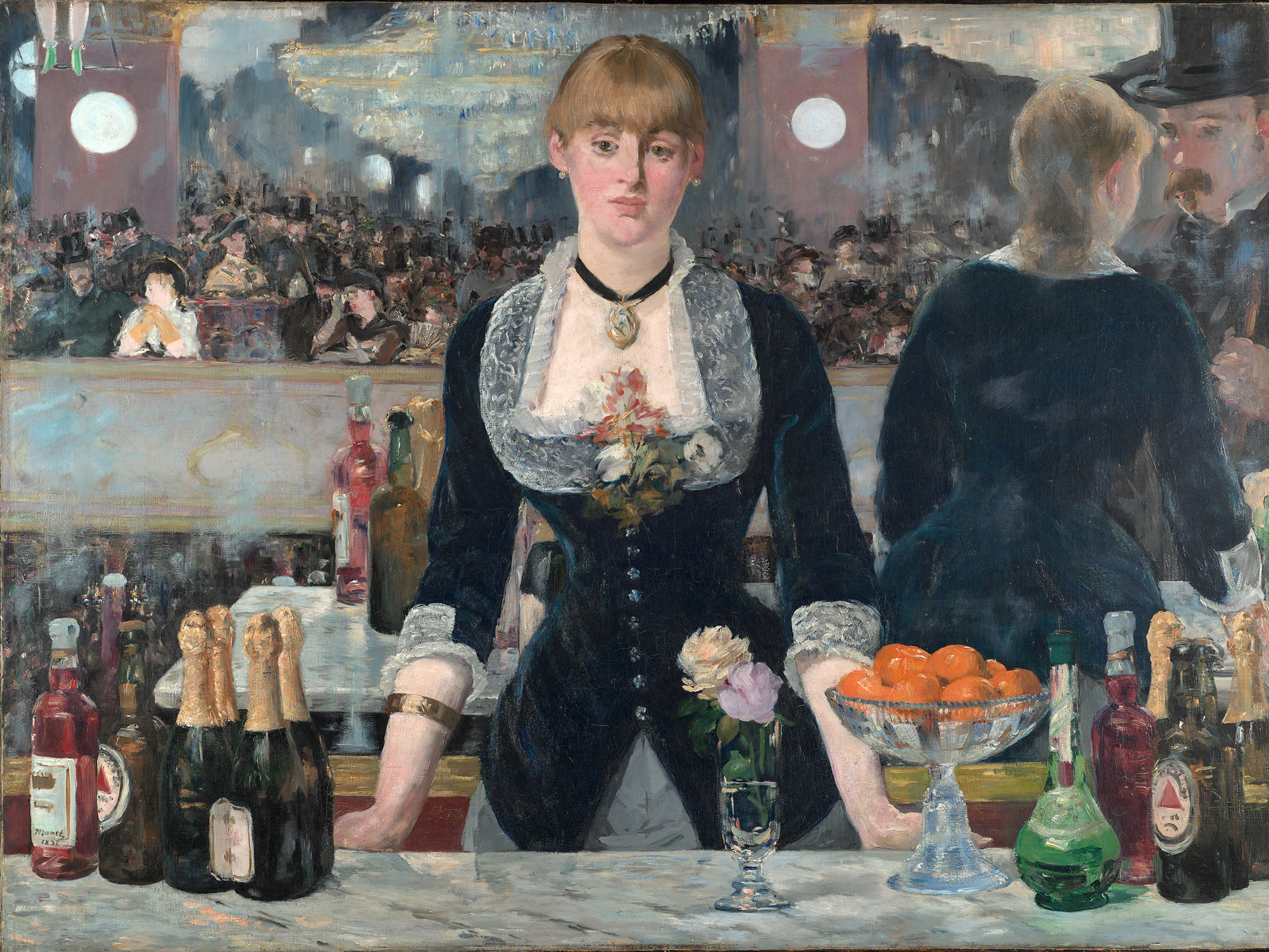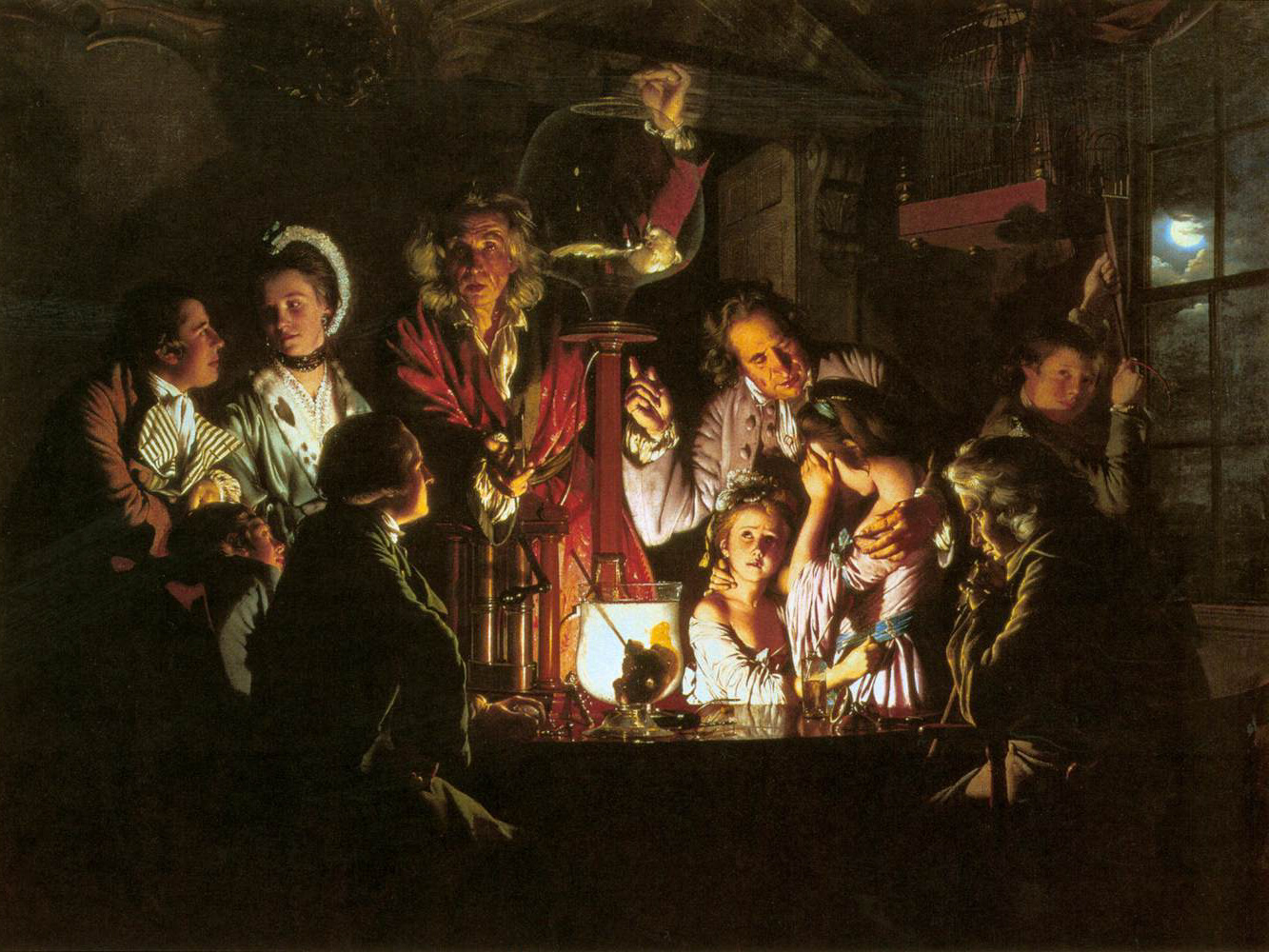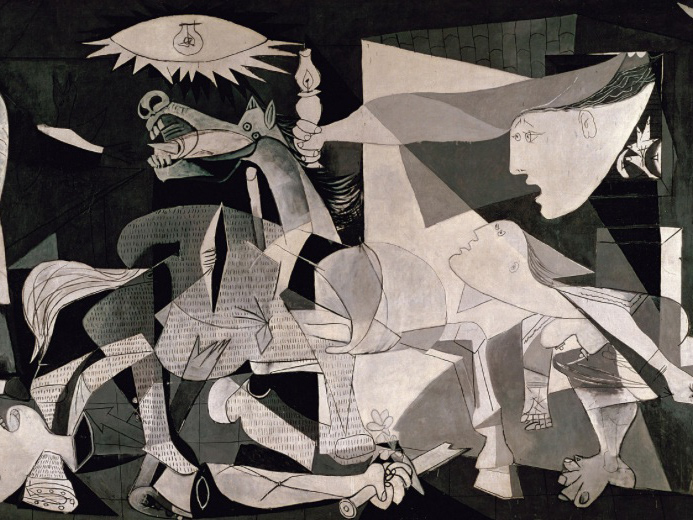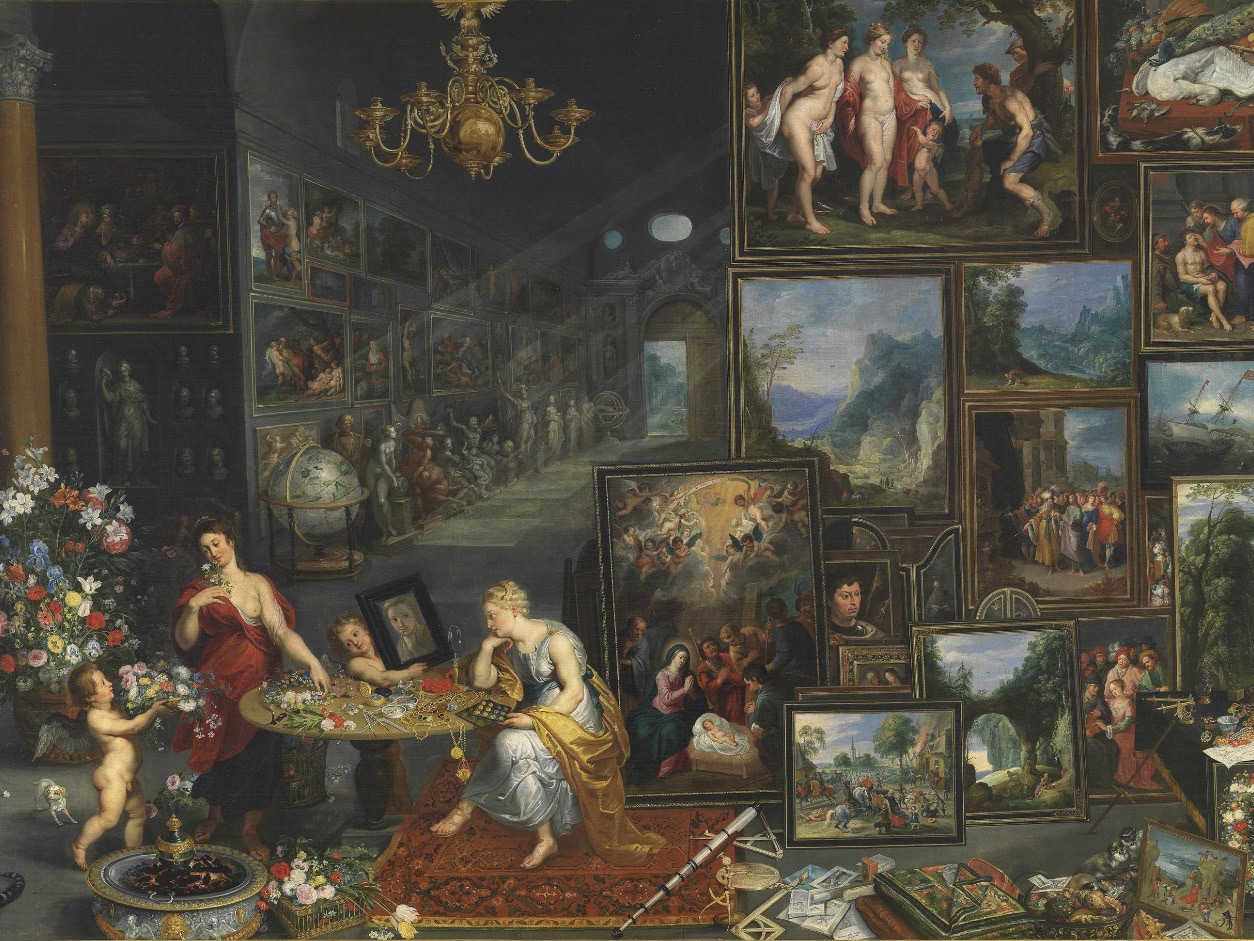Works Cited
Footnotes
[1] “No. 6 Scenes from the Life of Joachim: 6. Meeting at the Golden Gate by GIOTTO Di Bondone.”
[2] “Donatello’s David.”
[3] “Great Works: Annunciation (1438-45), Fra Angelico | The Independent.”
[4] “Jan van Eyck | The Arnolfini Portrait | NG186 | National Gallery, London.”
[5] “The Descent from the Cross - The Collection.”
[6] “Botticelli’s Birth of Venus.”
[7]“Botticelli’s Birth of Venus.”
[8] Bellini, San Giobbe Altarpiece.
[9] “Bosch, The Garden of Earthly Delights.”
[10] “The Last Supper.”
[11] July 4th and Comments, “The Genius of Albrecht Dürer Revealed in Four Self-Portraits.”
[12] “Ceiling - Vatican Museums.”
[13] “Raphael, School of Athens.”
[14]“School of Athens.”
[15] “Grünewald, Isenheim Altarpiece.”
[16] “Titian | The Death of Actaeon | NG6420 | National Gallery, London.”
[17] “Hans Holbein the Younger | German Painter.”
[18] “Hans Holbein the Younger | The Ambassadors | NG1314 | National Gallery, London.”
[19] Bernini, Ecstasy of Saint Teresa.
[20] Bernini, Ecstasy of Saint Teresa.
Citations
Bellini, San Giobbe Altarpiece. Accessed May 16, 2018. https://www.khanacademy.org/humanities/renaissance-reformation/early-renaissance1/venice-early-ren/v/bellini-san-giobbe-altarpiece
Bernini, Ecstasy of Saint Teresa. Accessed May 16, 2018. https://www.khanacademy.org/humanities/ap-art-history/early-europe-and-colonial-americas/reformation-counter-reformation/v/bernini-ecstasy-of-st-theresa
Khan Academy. “Bosch, The Garden of Earthly Delights.” Accessed May 16, 2018. https://www.khanacademy.org/humanities/renaissance-reformation/northern/hieronymus-bosch/a/bosch-the-garden-of-earthly-delights
ItalianRenaissance.org. “Botticelli’s Birth of Venus,” August 20, 2012. http://www.italianrenaissance.org/botticelli-birth-of-venus/
“Ceiling - Vatican Museums.” Accessed May 16, 2018. http://www.museivaticani.va/content/museivaticani/en/collezioni/musei/cappella-sistina/volta.html
ItalianRenaissance.org. “Donatello’s David,” June 28, 2012. http://www.italianrenaissance.org/donatellos-david/
“Great Works: Annunciation (1438-45), Fra Angelico | The Independent.” Accessed May 16, 2018. https://www.independent.co.uk/arts-entertainment/art/great-works/great-works-annunciation-1438-45-fra-angelico-2027376.html
Khan Academy. “Grünewald, Isenheim Altarpiece.” Accessed May 16, 2018. https://www.khanacademy.org/humanities/ap-art-history/early-europe-and-colonial-americas/renaissance-art-europe-ap/a/grnewald-isenheim-altarpiece
Encyclopedia Britannica. “Hans Holbein the Younger | German Painter.” Accessed May 16, 2018. https://www.britannica.com/biography/Hans-Holbein-the-Younger
“Hans Holbein the Younger | The Ambassadors | NG1314 | National Gallery, London.” Accessed May 16, 2018. https://www.nationalgallery.org.uk/paintings/hans-holbein-the-younger-the-ambassadors
“Jan van Eyck | The Arnolfini Portrait | NG186 | National Gallery, London.” Accessed May 16, 2018. https://www.nationalgallery.org.uk/paintings/jan-van-eyck-the-arnolfini-portrait
July 4th, in Art |, and 2013 10 Comments. “The Genius of Albrecht Dürer Revealed in Four Self-Portraits.” Open Culture (blog). Accessed May 16, 2018. http://www.openculture.com/2013/07/the_genius_of_albrecht_durer_revealed_in_four_self-portraits.html
“No. 6 Scenes from the Life of Joachim: 6. Meeting at the Golden Gate by GIOTTO Di Bondone.” Accessed May 16, 2018. https://www.wga.hu/html_m/g/giotto/padova/1joachim/joachi6.html
Khan Academy. “Raphael, School of Athens.” Accessed May 16, 2018. https://www.khanacademy.org/humanities/ap-art-history/early-europe-and-colonial-americas/renaissance-art-europe-ap/a/raphael-school-of-athens
Artble. “School of Athens.” Accessed May 16, 2018. https://www.artble.com/artists/raphael/paintings/school_of_athens
Museo Nacional del Prado. “The Descent from the Cross - The Collection.” Accessed May 16, 2018. https://www.museodelprado.es/en/the-collection/art-work/the-descent-from-the-cross/856d822a-dd22-4425-bebd-920a1d416aa7
Khan Academy. “The Last Supper.” Accessed May 16, 2018. https://www.khanacademy.org/humanities/ap-art-history/early-europe-and-colonial-americas/renaissance-art-europe-ap/a/leonardo-last-supper
“Titian | The Death of Actaeon | NG6420 | National Gallery, London.” Accessed May 16, 2018. https://www.nationalgallery.org.uk/paintings/titian-the-death-of-actaeon



